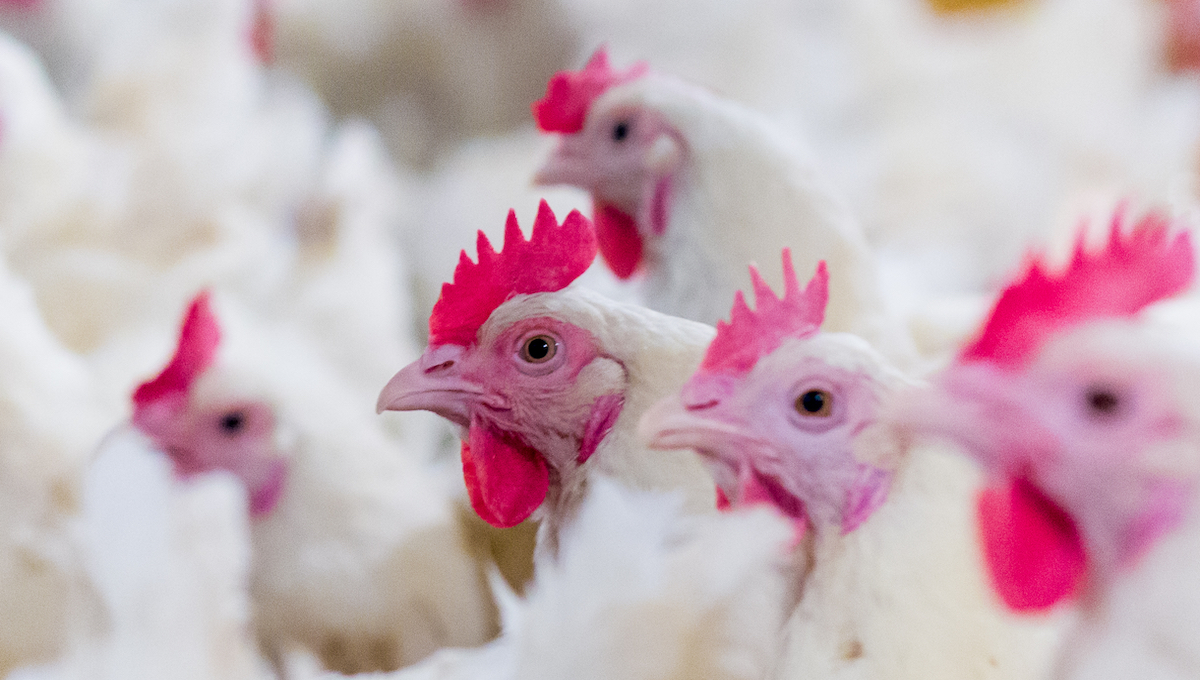Contributed Opinion
Twenty-five years ago, when I was administrator of the U.S. Department of Agriculture’s Food Safety and Inspection Service (FSIS), I helped put in place a new food safety regulatory program to prevent foodborne illness from meat and poultry. We created this program in response to the tragically historic 1992-93 illness outbreak caused by ground beef contaminated with a particularly dangerous type of E. coli called E. coli O157:H7.
Those rules were effective for ground beef because we had a scientific basis for declaring that particular strain of E. coli an adulterant. This meant that USDA could use its inspection and enforcement tools to keep the pathogen out of beef products, and industry had a powerful regulatory incentive to develop and implement innovative preventive measures. It was a major advance in food safety at the time. But, while the FSIS program has improved beef safety, its provisions related to poultry have not succeeded in significantly reducing the many illnesses and deaths caused by two other dangerous kinds of bacteria — Salmonella and Campylobacter — commonly present in chicken and turkey.
This issue has vital importance for public health and for consumer trust in the safety of poultry. The two bacteria of concern account for over 70 percent of the illnesses transmitted commonly by food and tracked by the Centers for Disease Control and Prevention through its FoodNet surveillance system, sickening an estimated 1.9 million Americans each year. Some 21 percent of the Salmonella cases and more than 66 percent of the Campylobacter cases are attributed specifically to poultry.
The explanation for this failure is painfully apparent: What we considered groundbreaking 25 years ago is now woefully obsolete for these pathogens. The FSIS poultry safety rules have fallen far behind the evolving science of foodborne illness and do not incorporate what both government and industry now know about preventing foodborne illnesses from these two bacteria.
Based on what we knew in the early 1990’s, we set so-called performance standards for Salmonella as a generic and broad category of related organisms common in poultry. FSIS now uses these “standards” as a benchmark in overseeing the effectiveness of steps individual slaughterhouses are taking to prevent excessive contamination of poultry with generic Salmonella.
The standards do not apply, however, to the raw products themselves.
Moreover, they are not legally enforceable. As a result, FSIS routinely inspects and passes Salmonella-contaminated raw poultry products, regardless of its own performance standards showing the slaughterhouse is performing poorly.
Further, scientists in government, industry and academia now know that most of the illnesses and deaths due to Salmonella are caused by a handful of specific types of the bacteria, just like specific types of E. coli are much more damaging and deadly than generic E. coli. It is past time for FSIS to take this science into account and set enforceable finished product standards for the specific types of Salmonella that make people sick, as it first did 25 years ago for E. coli. FSIS should set enforceable science-based product standards for Campylobacter as well.
We also know now that dangerous types of Salmonella and Campylobacter typically originate in chickens on the farm and spread in breeding flocks and in on-farm growing houses before the chickens even reach the slaughterhouse. And, we know these bad bacteria can be controlled at that earlier stage of the production process. FSIS and its independent scientific advisors say so, and some leading poultry producers are already implementing improved sanitary practices and using vaccines on the farm to reduce the Salmonella contamination of birds entering slaughterhouses. So, we know better prevention is possible.
Yet, the FSIS regulatory system includes no requirements that poultry companies implement on-farm control measures or even be aware of the microbial quality of chickens entering their facilities. This is another way that the FSIS program lags far behind both the science of food safety and modern best practices for preventing food safety problems.
I had the privilege of overseeing implementation of the Food Safety Modernization Act when I served as FDA’s Deputy Commissioner for Foods and Veterinary Medicine from 2010-2016. This law and FDA’s implementing rules, which apply to all food except meat, poultry and certain egg products regulated by FSIS, requires food manufacturers and processors to carefully monitor the safety of their raw materials and verify that their suppliers are taking appropriate measures to minimize hazards, such as bacterial contamination. This is a core component of modern best practices for food safety.
That same principle and similar requirements should apply to meat and poultry, but they don’t under the FSIS program. This is unacceptable.
These regulatory failures and resulting illnesses are why Stop Foodborne Illness, the consumer organization whose board I co-chair, is joining with the Center for Science in the Public Interest, Consumer Reports, and the Consumer Federation of America to seek overdue modernization of the FSIS poultry safety program. We are petitioning USDA and FSIS to promptly begin a stakeholder engagement and rulemaking process to set enforceable finished product standards and require poultry companies to implement and verify effective on-farm prevention programs.
We recognize the technical issues are complex and the process will take time. But the food safety principles and consumer protection purposes are clear. It’s time — it’s past time — for USDA to bring people together and do the work needed to make the FSIS regulatory system and mark of inspection for poultry mean something for public health.

About the author: Mike Taylor is co-chair of the board of the non-profit consumer advocacy group Stop Foodborne Illness, which is a 25-year-old group supporting and representing foodborne illness victims and their families in efforts to keep other people from getting sick. Before that Taylor served as FDA’s Deputy Commissioner for Foods and Veterinary Medicine from 2010 to mid-2016. His first tour in government began as a staff attorney at FDA, where he worked on seafood safety and nutrition labels. Later Taylor worked for USDA’s Food Safety and Inspection Service, where he became acting under secretary for food safety. Taylor was the government official who, after the deadly 1992-93 Jack in the Box hamburger outbreak, ruled that the pathogen E. coli O157:H7 is an adulterant in meat. Taylor also practiced law in the private sector.
(To sign up for a free subscription to Food Safety News, click here.)

